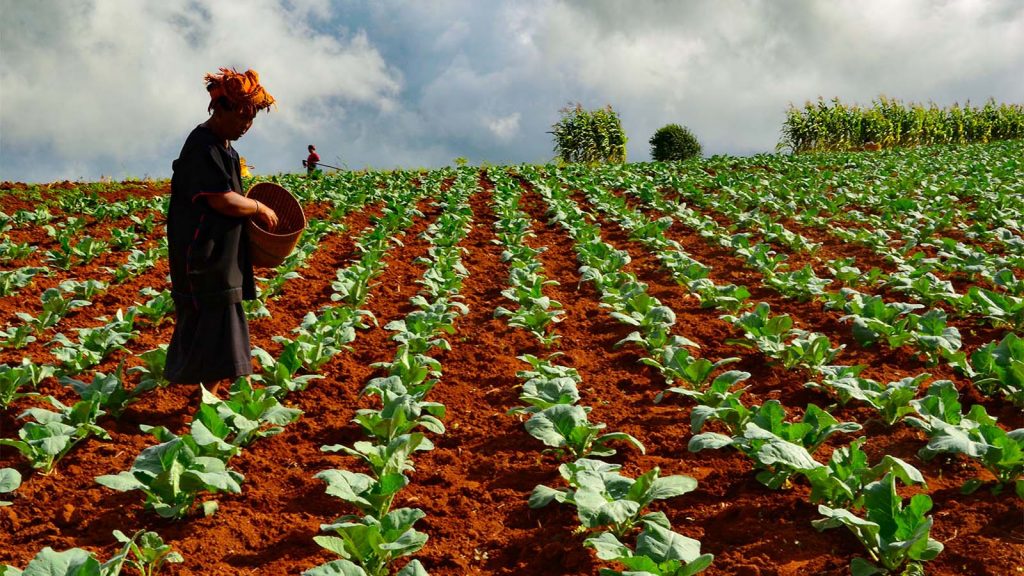Rural development is the process of improving the quality of life and well being of people living in rural areas. The objectives of rural development include alleviation of poverty and unemployment through creating basic social and economic infrastructure, to provide training to rural unemployed youth and to provide employment to marginal farmers/labourers to discourage seasonal and permanent migration to urban areas.
About two thirds of Myanmar’s population live in the rural areas. According to surveys the average rural income is about half of the urban income and regarding those below the poverty line, the majority are from therefore rural areas. Sustainable rural development in Myanmar is vital to the all-inclusive economic and social development of the country.
Strategically rural development encompasses higher productivity, wider and easier access to markets and better marketing mechanisms leading to higher incomes for improved quality of life of the rural population.
Higher productivity relates to better use of land and water resources, better and quicker methods of preparing land, better strains of seed and improved methods of sowing and reaping/harvesting as well as access to safe and secure storage facilities prior to marketing of the produce.
Wider and better access to markets relates to better village roads and produce transport facilities, as well as marketing mechanisms including Co-operatives and Private dealers, better pricing mechanisms and payment methods to ensure the producers enjoy the benefits of their toil.
There is in Myanmar the Department of Rural Development and some NGO’s involved in “Rural Development Programs”. These are funded by Government as well as donor entities and the rural development activities are mostly being carried out in selected priority Regions or States, largely in the form of projects. The tangible outcomes of the projects, as per the Reports seen on the internet, includes grants to rural people for crop production, feeder roads, rural water supply, village electrification, schools, primary health centres, etc.
Having been in Government service for some 35 years, I am well acquainted with project type of “Aid”. Upon completion of the project period, there is usually not enough funding (due to budget constraints) to expand the activities or even to carry on with the sustainability of current activities, unless, of course, the project concerned is high on the priority list of the Government.
With regard to Rural Development Projects, once they are finished, there will not be the same enthusiasm by the project implementers if they have to operate on a shoe string budget. Therefore, for the projects to be continued full scale by the government (and Rural Development Projects do need to be increasingly implemented) there must be solid and tangible outcomes to convince the peoples’ representatives in Parliament as well as the Government to continue with them in full force.
Hence, my suggestion is that the Rural Development Projects should achieve more tangible outcomes on the economic front, like for instance proven higher crop outputs of those given loans/grants, improved village roads for produce transport, communal or cooperative storage and/or marketing arrangements etc.; and on the social front, provision of safe drinking water, electricity where feasible, provision of at least primary school facilities and health care facilities, and so on.
By Lokethar



